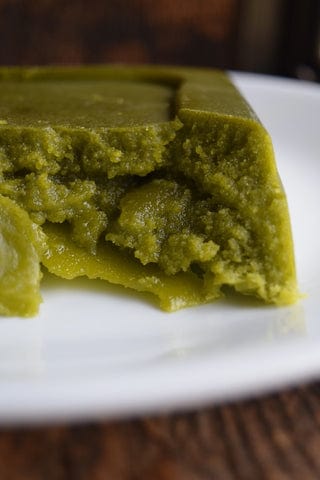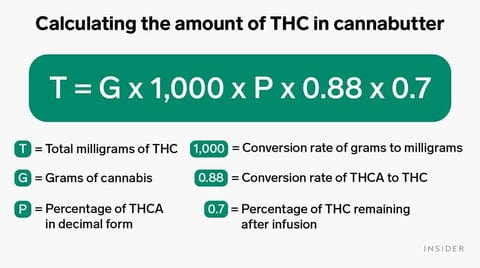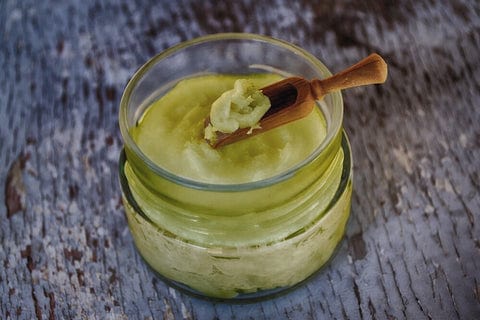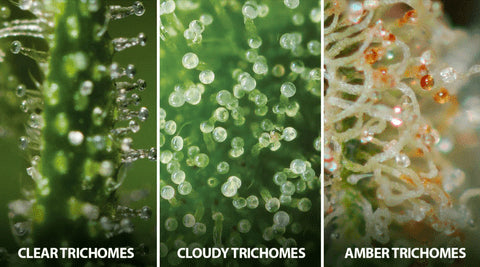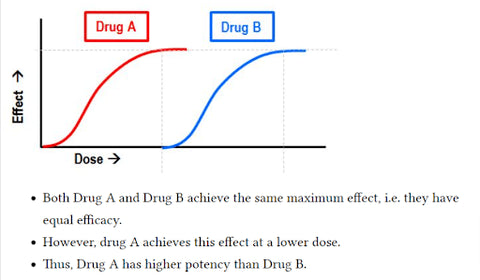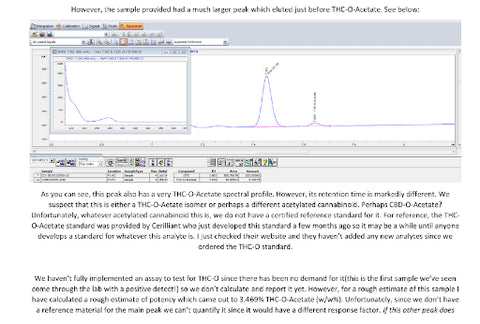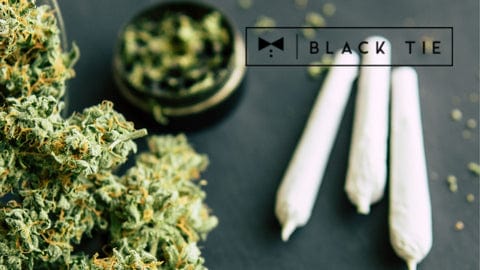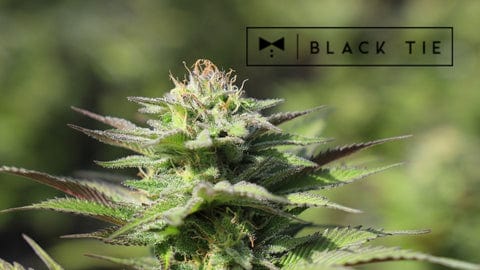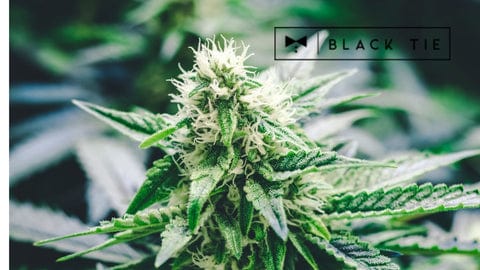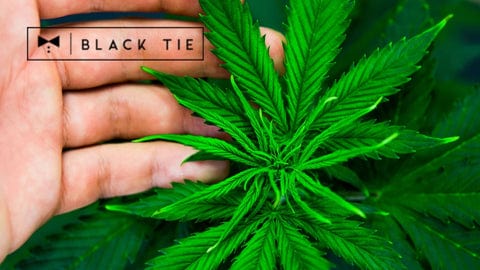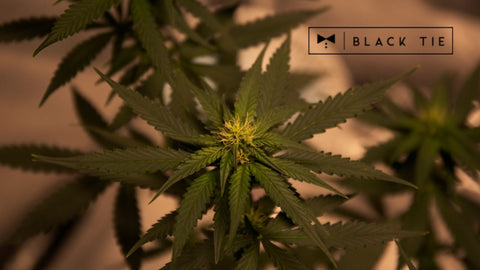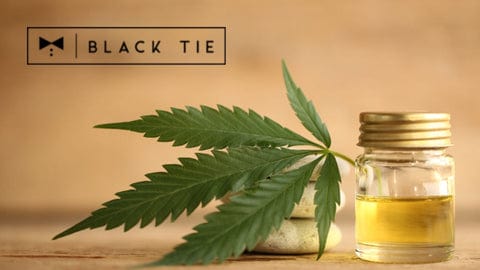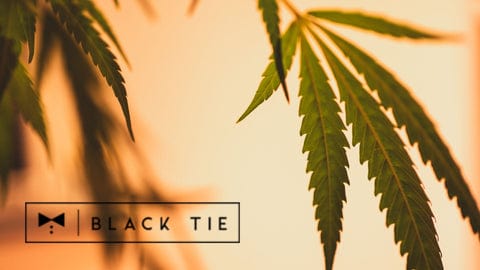A Guide to Curing and Drying
As many of you know, curing and drying are processes that can significantly impact the taste and general quality of your cannabis crop. Properly drying and curing your fresh cannabis stash is paramount to prevent harsh smoke and prevent mold contamination from taking place.
Harvesting your cannabis is only half the work. Post harvest operations are arguably just as important as pre-harvest. Many believe that curing and drying are the same things, which they aren’t. Black Tie CBD has been asked why we haven’t released our 2021 strains, and the answer is simple; we believe in a low and slow curing process that ensures quality to the end product that we offer you.
Below, we’ll share our answers to some frequently asked questions on the drying and curing processes, so you can maximize the flavor and potency of your stash - as well as better understand how post-harvest processes are done correctly.
The importance of drying cannabis
Freshly harvested cannabis buds contain significant moisture, which needs to be dealt with before smoking. Essentially, drying also converts THC from its non-psychoactive, crude, acidic form to its psychoactive neutral form.
Cannabis flowers are full of active components; The resin glands contain THC, CBD and other cannabinoids. The issue is that when your plants are recently harvested, they’re still quite green and most of the THC is inactive. Drying marijuana means reducing the water content of the buds to 10-15%, depending on the desired crispiness of the final product.
A dry shouldn’t be too quick or the outside of buds will appear dry but the insides won’t be, leaving chlorophyll within; too long, and buds could develop mold.
How do you dry cannabis?
The drying procedure usually depends on the trimming process that you use;
- Dry trimming
- If you’re trimming plants after they’ve been dried, then you’ll be able to hang them from a line or hanger. Hanging is preferable as it prevents buds from becoming misshapen. To test if the plants are ready for trimming, you can try bending a branch. If it bends, it needs more drying. If it snaps, it is ready for trimming and curing.
- Wet trimming
- If you trim the plants before drying, you’ll have smaller plant parts to dry and need to use a rack. You can check when buds are ready for curing by squeezing them. If they still feel wet or moist, they likely need more time before moving on to curing.
Dying cannabis involves focusing on:
- The drying method used.
- Temperature.
- Moisture levels.
What are the drying methods?
Hang Drying Cannabis
Hang drying is a cost-effective solution for cannabis cultivators with a limited budget and involves exposing your cannabis to the open air. To hang-dry your cannabis, your branches are hung upside down from an elevated position and dried. You must regularly monitor the temperature and airflow of the room for the best results.
Choosing a cool, dark place to dry your buds is essential. Ensure that your flowers are spaced adequately for airflow to carry moisture particles away without attracting mold. Hang-drying is great, but requires a lot of environmentally controlled space.
This process usually takes anywhere from 1-2 weeks.
Using a drying rack
When preparing cannabis for commercial purposes, trimming machines are usually used, so this method is ideal. A drying rack is great for keeping the yield organized, and there is far lower risk of contamination or mold. While this option is more pricey, it is the ideal piece of equipment when it comes to drying weed correctly. Using a drying rack with a large surface area for the buds allows for more airflow, meaning that the moisture is taken away in far less time.
Again, this is a process that takes upwards of 10 days. If the snapping sound of your bud is crispy and sharp, then you know that your weed has been dried properly.
While you may be looking for a faster drying process, If buds are dried too quickly, chlorophyll and other pigments, starch, and nitrates are trapped within plant tissue, making it taste “green,” burn unevenly and taste bad. However, slowly dried buds taste sweet and smoke smooth. Taste and aroma improve when pigments break down. Slow even drying–where moisture content is the same throughout stems, foliage and buds– allows enough time for the pigments to degrade.
How to perfect the drying process:
As stated above, we focus on a slow drying process. We hang entire plants to dry; allowing the process to take place over time. We remove large leaves and stems (fan leaves) in the field as fresh leaves are easier to work with. The plants are then hung until they reach an ideal moisture content. At that point they buds are hand-trimmed and placed into curing.
Temperature:
We place importance on circulation and ventilation as this helps us control the heat and humidity of the room. The ideal air temperature is between 65 and 75°F (18-24°C), and humidity from 45-55%. Any temperatures lower may slow drying and increase the threat of harsh smoke, and any temperatures higher may cause the buds to mold.
Similarly, any lower than suggested humidity causes a speedy dry period, causing the retention of chlorophyll and giving the weed a terrible taste and odor. The most important thing to note is that different climates are required for growing cannabis and drying it.
Hanging:
Due to the quantity of cannabis that we dry, we use a large space for drying. It is ideal to cut the plants at the base and remove the large leaves - then hang them on the drying lines in the drying facility. Branches should be cut from 12-40 inches, with each branch manicured and hung.
Manicured branches should be hung to dry for a few days before being bucked from the stem and placed on drying screens to allow the bulk of the moisture to dissipate. Once it is all on screens, the buds should be turned daily to ensure even drying. It is also adequate for manicured buds to be placed in boxes to dry, but the drying pace is slower due to the limited airflow.
Drying time:
Drying can take between five to seven days depending on temperature, humidity and bud density. The larger, denser buds can take around four days longer, so it’s important to check your buds to determine the proper moisture content. If you want to check the readiness, bend the stem and ensure that it snaps rather than folds; this generally indicates that it is ready to cure.
The importance of curing cannabis:
The curing process is possibly the most overlooked aspect of producing cannabis. During curing, moisture continues to draw from the center of the bud toward the outside.
Curing your bud is similar to the aging process of products like wine and cheese. Instead of a fermentation process, the main focus is on humidity with curing weed. Because even-though most moisture has evaporated and left the cannabis during the drying of the plants, there’s still some moisture left in the weed. Any friction and rough handling of the buds will knock off valuable resin glands and diminish the cannabinoid content.
The first week of curing affects potency as it evenly removes moisture within the bud so virtually all the THC is psychoactive, which is what most people are after. Curing also allows buds to dry enough that mold does not grow when buds are stored. Well-cured buds have an even glow when burned and smoke smooth. It is essentially not enough to simply keep your weed in a jar and say that it’s been correctly cured.
The process of curing cannabis:
The first step to curing your cannabis is to cut the stems into lengths less than 30-45 cm and then place them into an airtight container, ideally with a rubber seal. Any Ziploc or plastic bags are not ideal - some growers say that plastic imparts an undesirable flavor on the buds and is not impervious to oxygen.
Once the buds are enclosed, a microclimate is created, and the buds get an even spread of moisture. Once the buds are enclosed, they should be stored in a cool, dry, and dark place. Check on your buds at least once per day for two weeks. Use a hygrometer to check relative moisture in the container during the curing process. If you don’t have a hygrometer handy, you can gently squeeze to feel if they are moister than before.
During this check-up, keep your jars open to allow for air exchange, and inspect each bud individually for signs of mold. If you find an infected bud, make sure to remove it from its jar immediately to avoid the fungus spreading. If buds are sticking together in clumps when you try to shake the container, it means they still have too much moisture and need to be dried further.
Ideal conditions for drying cannabis:
Humidity
You want to stabilize the relative humidity at around 45-55% when the buds are placed in an enclosed container. This is the correct environment to cure your cannabis buds to perfection.
Temperature
65-75
Light
None
If buds are too dry:
leave them in the container and let excess moisture escape out the top by opening the container for a few minutes every few hours before closing the lid again.
If buds are too moist:
If you live in a normal to dry climate, you may be able to get away with just leaving the top off the jars for 1-4 hours. If you live in a humid climate, you may have to take the buds out of the jars and lay them out until the outsides begin to feel dry again.
The curing process is most important during the first two weeks and can take over six months for the highest quality outcome. It’s clear that this process is incredibly long when done correctly, which is why we release our new strains later than most other companies. We place the utmost importance on a long process that ensures the highest quality outcome.





